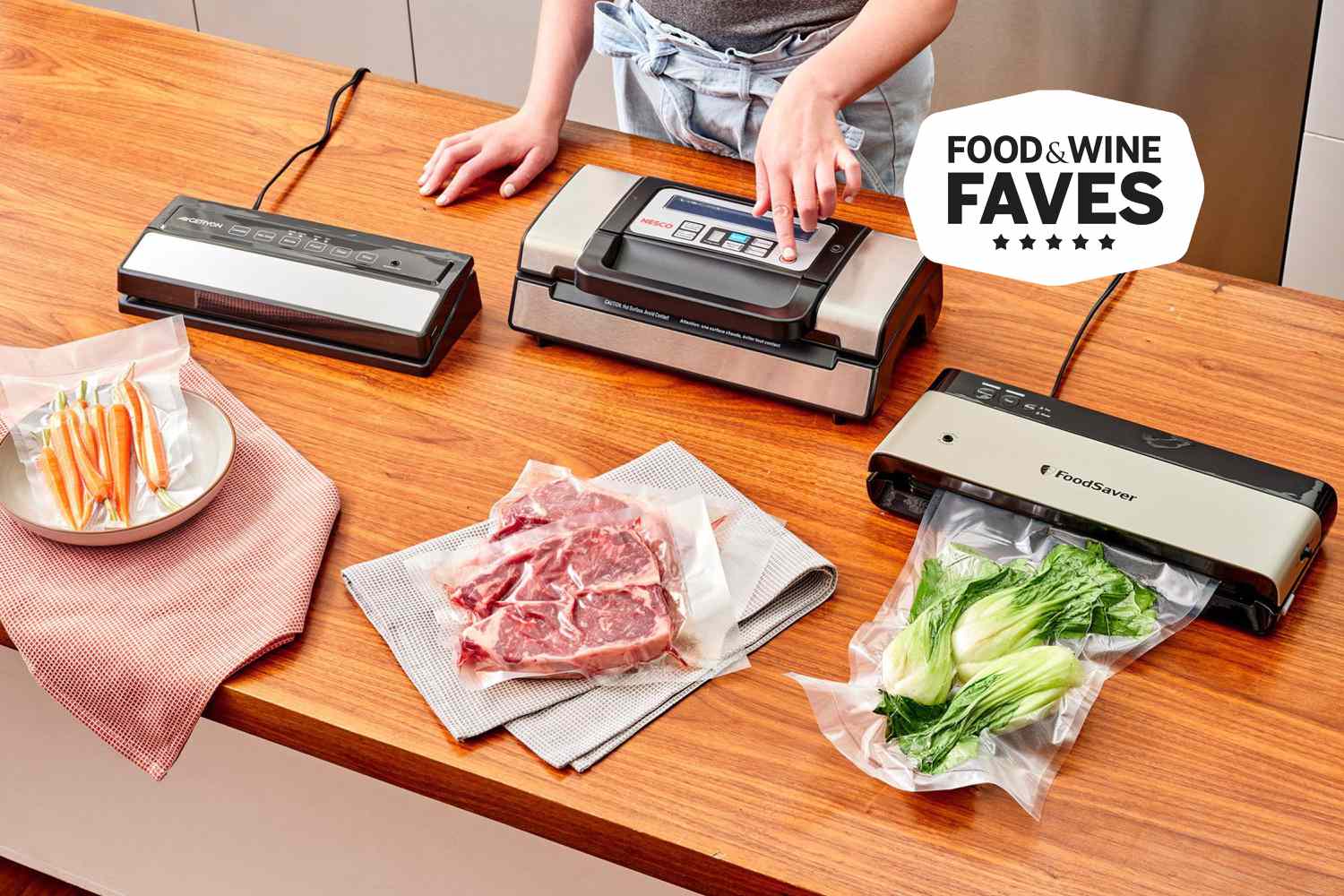10 years of experience as a food machinery equipment manufacturer
10 years of experience as a food machinery equipment manufacturer
Choosing the right equipment for dough preparation significantly impacts efficiency and quality in any kitchen. Among the essential tools gaining popularity are food vacuum roller kneaders, machines designed to knead dough efficiently under controlled pressure. Understanding the differences between various models is crucial when determining which machine aligns best with specific kitchen operations.

Unlike traditional mixers, vacuum roller kneaders perform their work within a sealed chamber. The key differentiator is the vacuum function, which removes air from the dough during the kneading process. This achieved through specialized roller mechanisms compressing and stretching the dough under pressure. Key objectives include:
Several factors differentiate vacuum roller kneaders available on the market. Potential buyers should weigh these aspects carefully.
Selecting the ideal vacuum roller kneader is not about finding the “best” machine universally, but the most suitable one for a specific operation.
Vacuum roller kneaders represent a significant investment. Beyond the initial purchase price, consider long-term operating costs, maintenance requirements, and available service support. Researching reputable manufacturers known for reliability and responsive customer service is crucial. Reading independent reviews and seeking demonstrations, if possible, provides invaluable insights into performance, noise levels, and ease of use.
Ultimately, the “best” vacuum roller kneader is the one that demonstrably enhances the specific dough preparation process within a particular kitchen environment – balancing capacity, capability, control, and cost-effectiveness to elevate both product quality and operational efficiency.
